The interior is when we’re truly with our cars. Either that or underneath the hood, expelling a barrage of violent profanities from an endless quest of repairs and maintenance. After that, however, the interior itself is that sacred area where we find ourselves experiencing the bliss of our element. Leaning back, elbow cocked on the window frame, sawing at the wheel, adjusting the music, it’s all part of the experience. For classic cars, the interior itself can potentially be a stark contrast to those found in modern machines. Riding in newer cars can seem like sitting within the industrial confines of an iPhone, whereas classics tend to provide a more analog approach, free from the technological burdens that tend to insulate drivers from the raw, visceral appeal of the road itself.
Of course, this isn’t always the case, as a multitude of street rods and restomods can frequently be seen upgrading these interiors with modern tech and styling. As for others, the sheer design of the interior itself was utterly crucial. While modern automakers find themselves scrambling to stuff as many buttons and screens within the cockpits as humanly possible, classic cars possess an inherent sense of style regarding how their layouts are sorted through, which ultimately displays such attention to detail that’s hard to find these days. With that said, here is our list of the ten best classic car interiors of all time.
10 1973 Citroën SM
The Citroën SM was an astounding unique car for its day, and even now. This French grand tourer featured Citroën’s legendary hydropneumatic suspension system, which allowed for both a smooth ride and brisk handling, although this proved to be a tremendously complex system. The SM got its juice from a Maserati V6, which helped this particular Citroën become the fastest FWD car in the world at 137 mph.
The Citroën SM’s interior was built to provide comfort and luxury at long intervals of high speed. Its seats resemble leather-clad lounge chairs, and oddly, the stereo controls were mounted between them. The shifter and gauges also add a sense of sci-fi flare, giving this car’s cabin the distinct look of being produced far later than it actually was.
9 1958 BMW Isetta
The BMW Isetta is the absolute opposite of the brand’s plethora of luxury coupes and sedans, but in the 1950s, Germany was still very much in need of cheap, basic transportation. After acquiring the design of the car from Iso, BMW used its resources to mass-produce the Isetta, which became one of the most iconic microcars of all time.
Although the BMW Isetta is a utilitarian, economy car, it features an interesting interior that’s noteworthy enough to make this list. Not out of luxury or opulence, but by its sheer mechanical brilliance. Due to the BMW Isetta’s singular door, positioned at the front of the car, the entire assembly for the steering wheel and column is hinged, and will fold to compact itself upon opening the door to prevent obstructing entry/exit. It’s such a simple concept, but still a highly impressive way to solve a complex issue on a tight budget. Combined with the open ragtop, the quirky BMW Isetta certainly has one of the most well-engineered interiors of all time.
8 1961 Alfa Romeo Giulietta Sprint Speciale
Featuring sweeping, streamlined bodywork crafted by the Italian coachbuilder, Bertone, the Alfa Romeo Giulietta Sprint Speciale was a limited version of the Giulietta that saw a production run lasting from 1957 through 1962. The Italian styling easily makes this one of the best-looking cars of all time, and its interior isn’t left out of the equation.
Although the Alfa Romeo Giulietta Sprint Speciale’s interior could be considered modest, this was entirely the purpose. The driver and passengers are welcomed with leather seating, not much else is offered in terms of creature comforts, as was the case with numerous European sports cars of the day. Even so, Alfa Romeo’s overall sense of style is what makes such a stark environment truly stand out.
7 1961 Imperial
Although the Imperial cars of the 1950s and 1960s are commonly referenced as Chrysler models, this is a misnomer, as Imperial itself had been intended to be a separate brand, aimed above Chrysler to compete directly with the finest luxury cars of the world.
For its interior, the Imperial saw a level of distinction far above the grade of Mopar’s typical lineup of the time. With wide, leather-adorned bench seats to house upwards of six passengers, the 1961 Imperial surely wasn’t shy of excess. The front bench, split down the middle, also possessed the ability to pivot and swivel, making entry and exit more accessible for the occupants. Other interesting details are the controls for the Imperial’s push-button transmission, as well as the oddly-crafted, rectangular steering wheel. Altogether, the entire package just commands attention.
6 1955 Porsche 550 Spyder
The 550 Spyder was the first model which Porsche had produced solely for racing. Although insanely small, both in terms of size and engine displacement, the Porsche 550 was more than capable of punching above its weight class, and would frequently slay competitors sporting over twice its engine size.
On the inside, the Porsche 550 Spyder is all business. No radio, no climate controls, no side windows, no roof, the list goes on. With only 1.5L to work with on a purpose-built racer, Porsche withheld anything that wasn’t necessary for pure speed. However, the manner in which they’d done so produced one of the best classic car interiors of all time. In a Porsche 550 Spyder, the driver is almost connected directly to the road, with virtually nothing to insulate them from the visceral appeal of which.
5 1960 Fiat Multipla
In post-WWII Italy, the majority of cars needed to be cheap, but that doesn’t necessarily mean they were lacking in style. The Fiat Multipla was among this herd, created to seat up to six people within a minimalist package that was based upon the platform of Fiat’s minuscule 600 compact.
A great deal of engineering went into successfully seating so many people inside such a tight package, but the way Fiat had done so gives off a crisp, rounded style with plenty of sweeping lines present to reflect that the Italian manufacturer’s attention to detail, even with such a utilitarian vehicle.
4 1963 Ferrari 250 GT Lusso
The Ferrari 250 GT Lusso is easily one of the best grand tourers of all time, built during an era that saw Ferrari in its prime. Italian for “luxury”, the Lusso had been one of the few Ferraris constructed during the early 1960s without the goal of motorsports in mind.
Created with an extended passenger area, the Ferrari 250 GT Lusso aimed to provide a more hospitable environment for customers. Its leather upholstery was rich and featured a cross-stitched weave, seen through the front seats and over the luggage area behind which, as a rear seat hadn’t been considered, in favor of providing ample room for the front occupants. Although the mandatory ashtray is present, right next to the shifter, the Lusso lacks the majority of most options found in typical luxury cars, even for the early 1960s. The Ferrari 250 Lusso gains its sense of class and quality solely from the quality of its production, which was more than enough to convince buyers that this was the right choice.
3 1958 Cadillac Eldorado Brougham
For 1958, Cadillac had been aiming to bring themselves up to a much higher degree of luxury, with their sights set on the likes of Rolls-Royce. The Cadillac Eldorado Brougham was the byproduct of which and was one of the most expensive luxury cars in the world during the late 1950s.
In addition to the natural opulence of its interior, the Brougham offered something entirely different to the world. When opened, its glove compartment featured a magnetic tray, as well as a flask and six shot glasses, which were equipped with magnetic bases to keep them secured during motion. All told, this bizarrely unique feature is exactly what gives the 1958 Cadillac Eldorado Brougham a spot on this list.
2 1960 Citroën DS19
The Citroën DS-series debuted for the 1955 model year as an absolute game-changer, as it blatantly slapped the face of convention to present a barrage of technological advantages that were virtually unheard of in general, let alone for a family sedan. With futuristic bodywork, hydropneumatic suspension, disc brakes, and a then-novel FWD layout, the Citroën DS displayed some of the most crucial advancements in automotive engineering for the 1950s.
The interior, of course, wasn’t let out of this itinerary. With its singular-spoked steering wheel, the inside of the Citroën DS seems a bit odd to those unfamiliar. The overall styling of the dashboard and gauge cluster, in conjunction with the jet-age bodywork, gives off a serious spaceship vibe that makes this car an easy contender for one of the best interiors in history.
1 1956 Buick Centurion Prototype
Although it was never intended for public sale, the 1956 Buick Centurion was a technological marvel when it was first unveiled. Styled with the image of fighter jets in mind, the theme works well with the Centurion’s crisp, tapered lines.
The interior of the 1956 Buick Centurion is perhaps one of the most interesting ever conceived. Wrapped in one of the largest bubble tops ever fitted to a passenger car, the Centurion offered its occupants a panoramic view at all times. Its aircraft-inspired theme is highly evident throughout which, but the most interesting detail is the advent of a rear-mounted camera, which would project a closed-circuit feed to a television screen mounted directly at the center of the dashboard, creating the first rear-view camera. Although Volvo would later experiment with this tech in the 1970s, this ideal would fail to materialize in production cars until the early 1990s, on JDM versions of the Toyota Soarer.
Sources: Hemmings, Hagerty, Mecum Auctions, Bring A Trailer

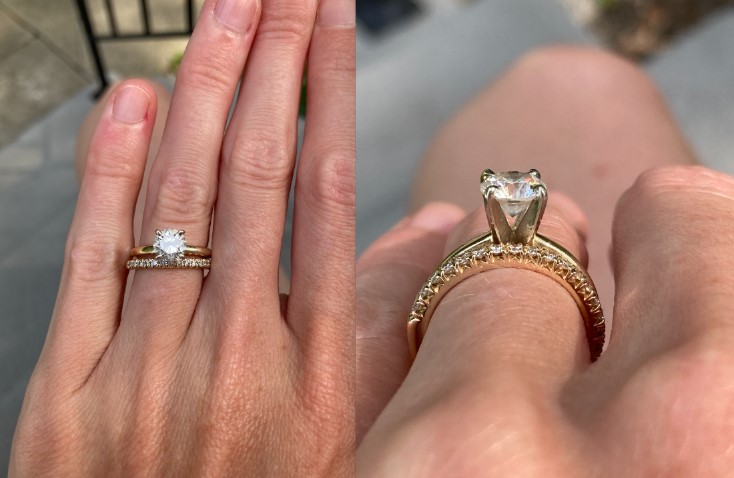

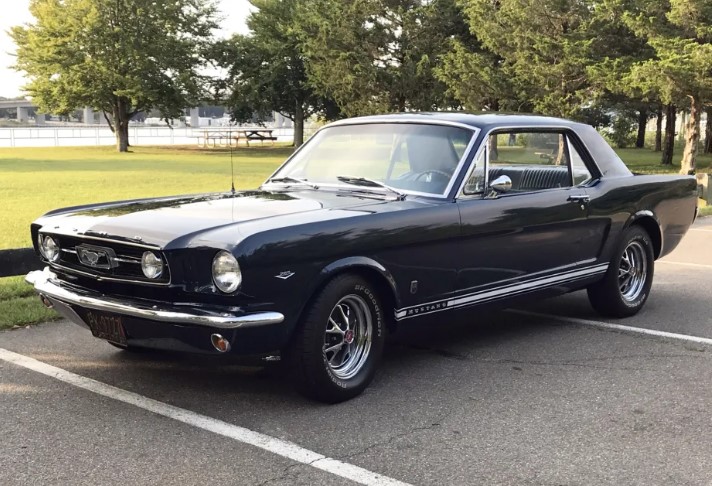

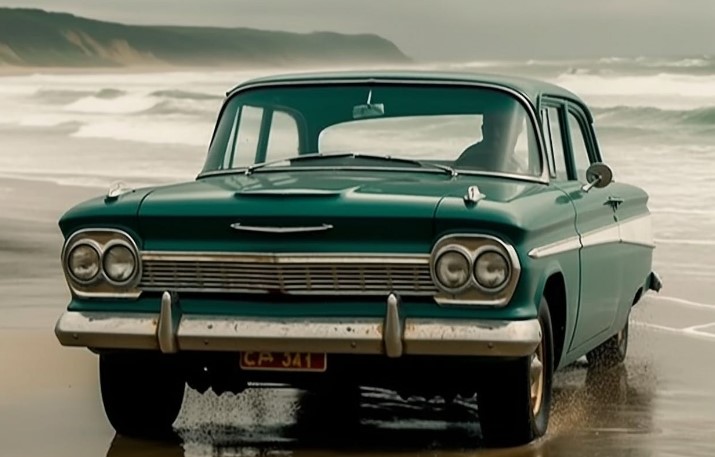
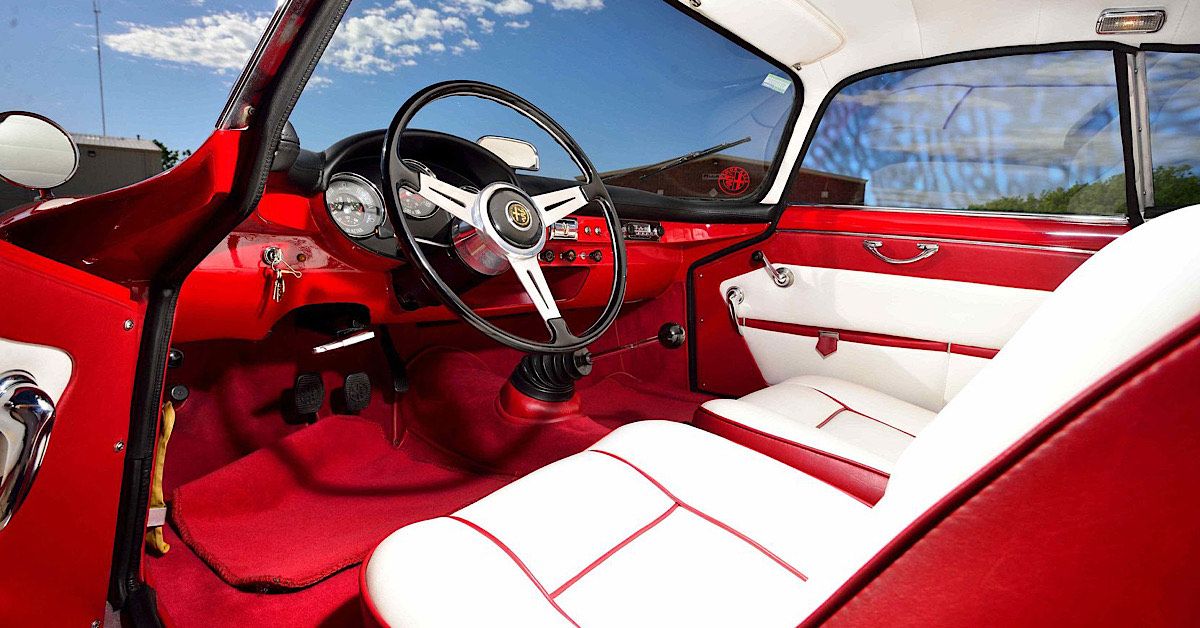
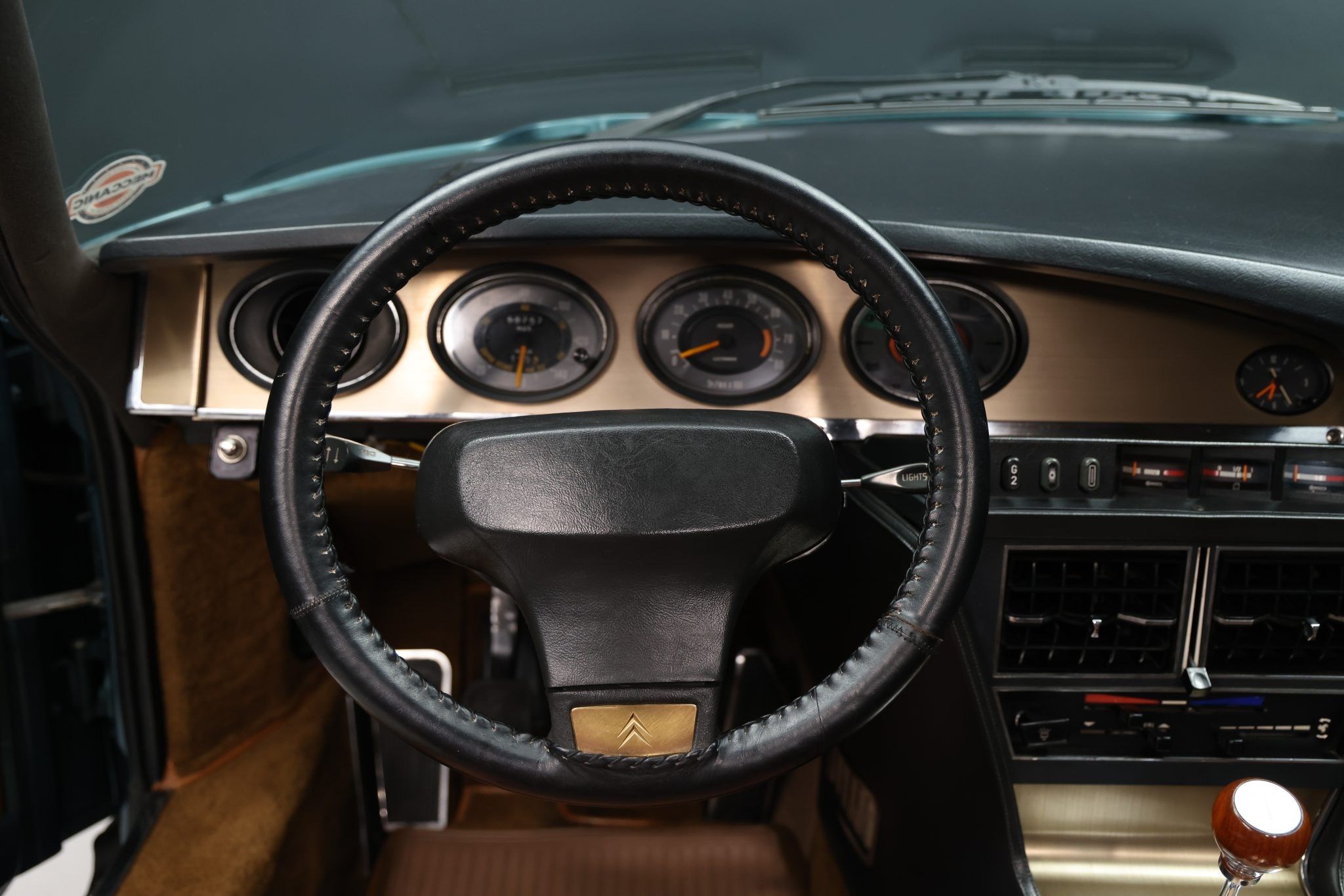

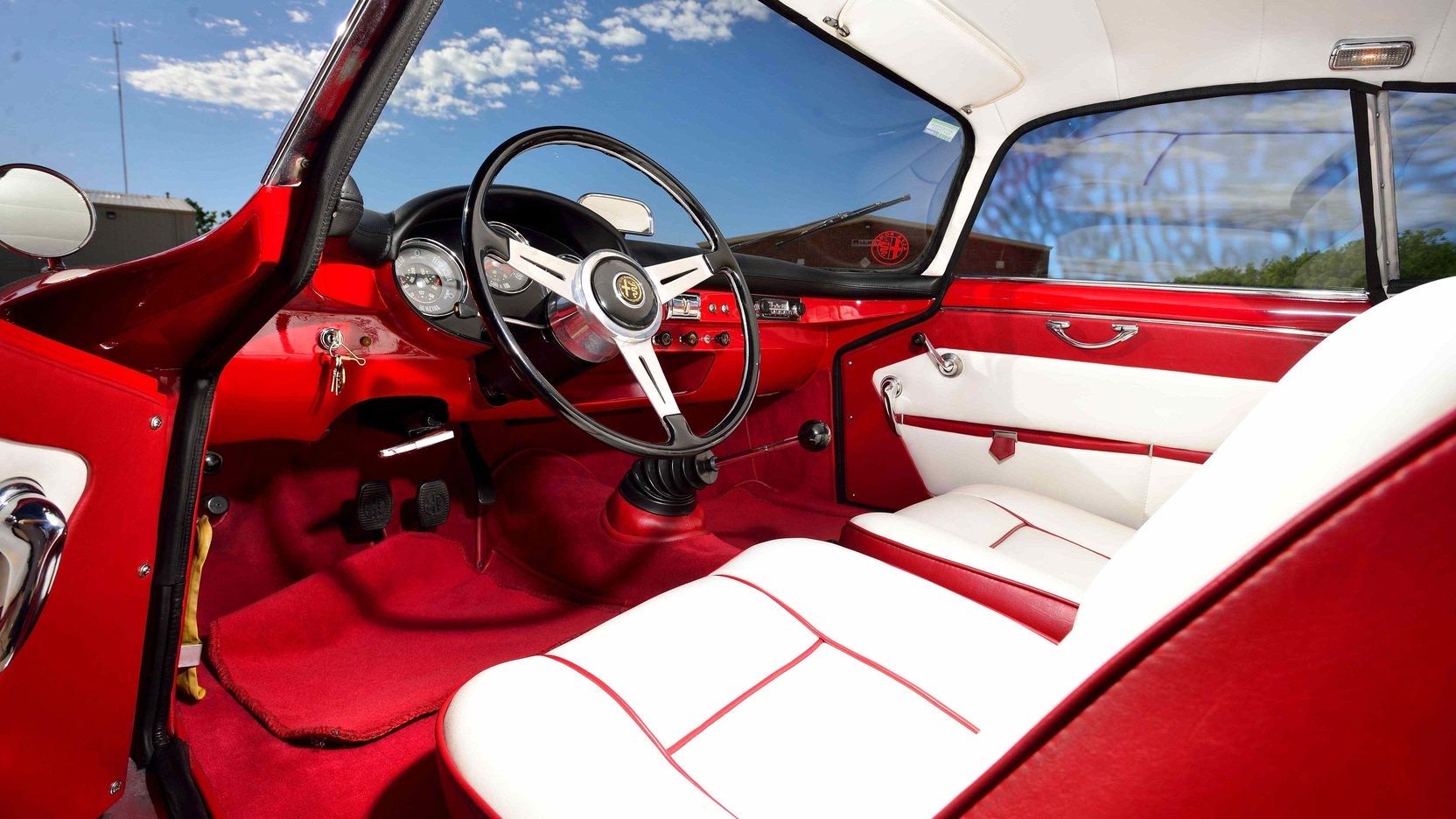
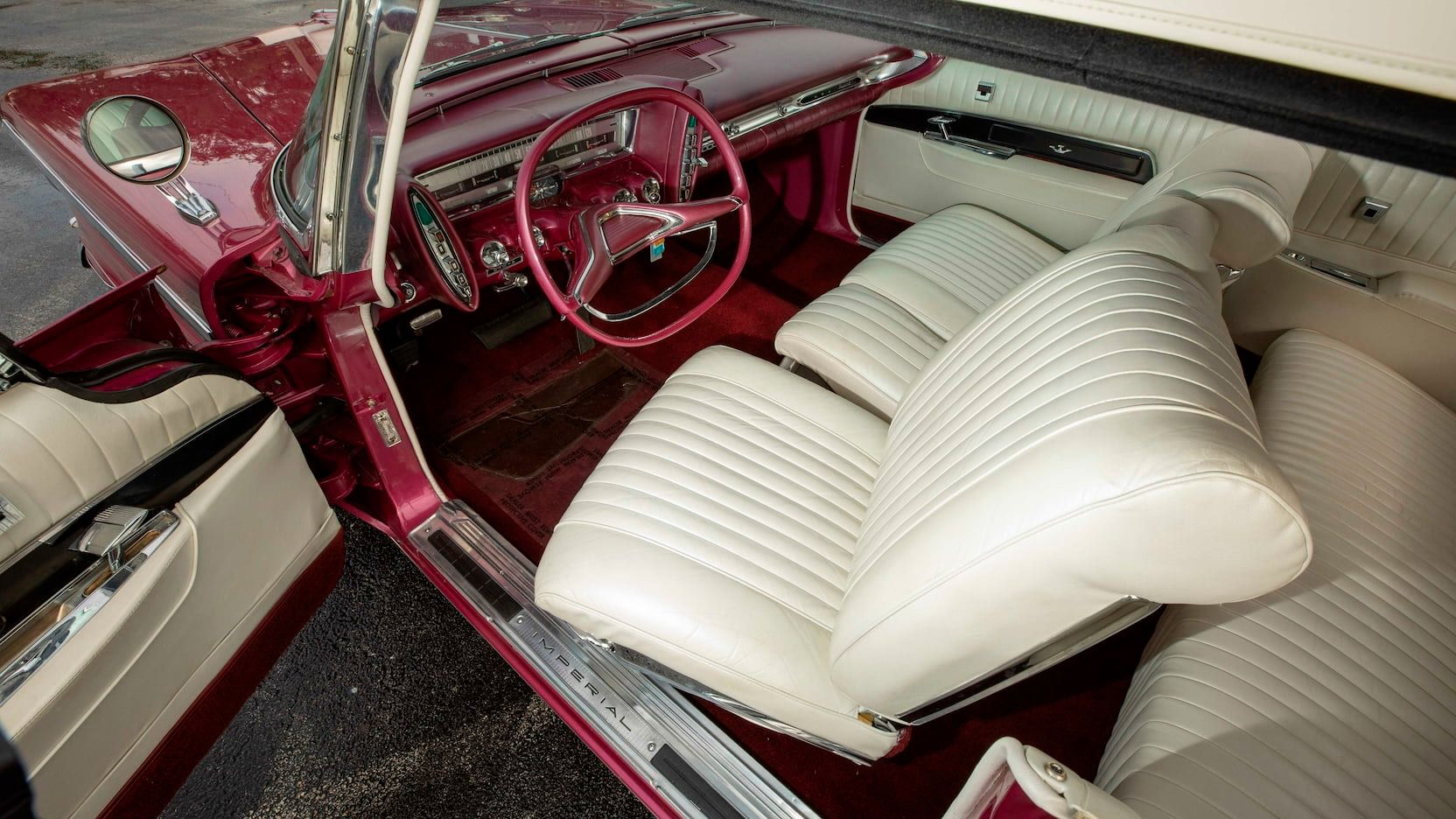

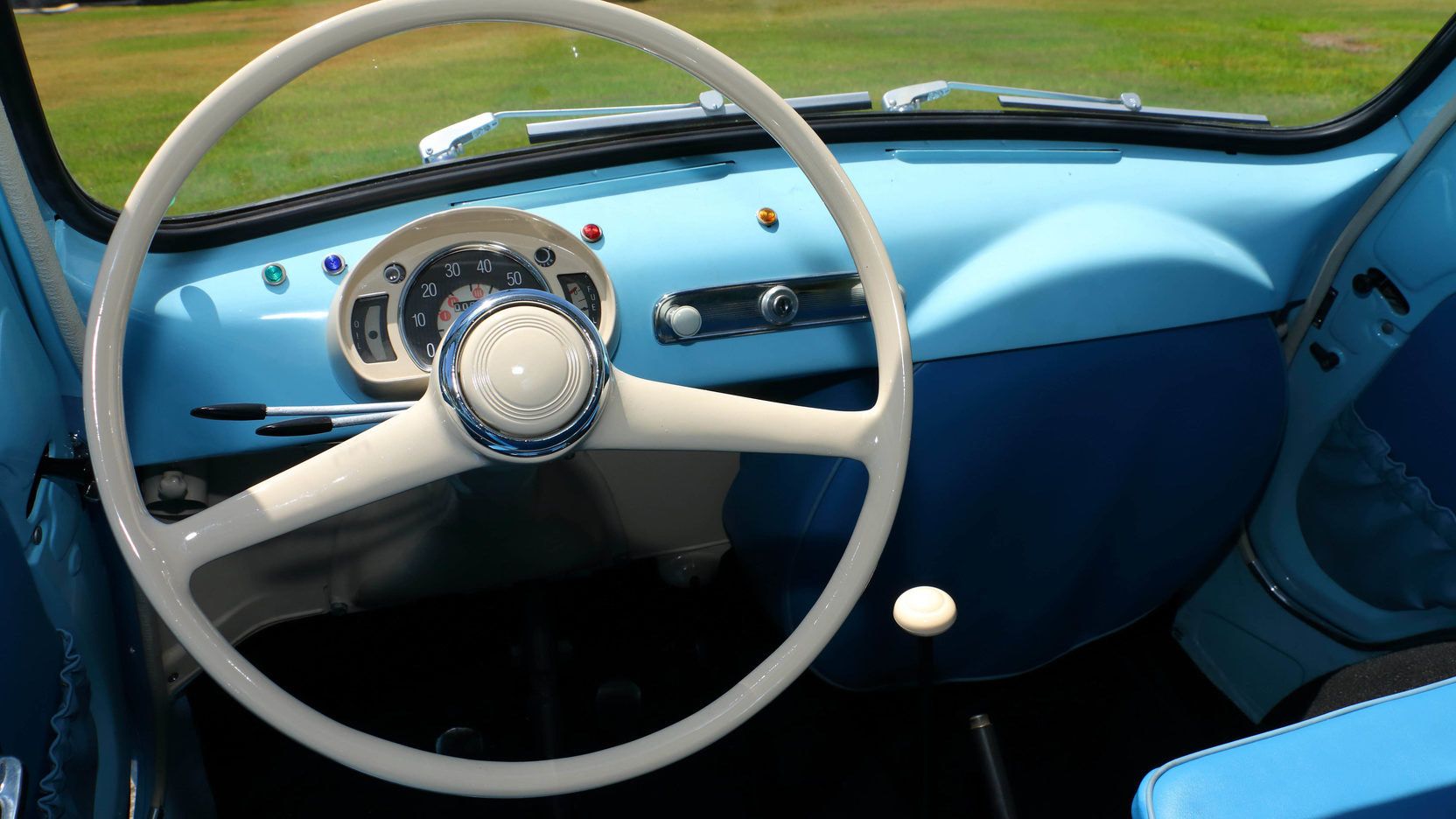
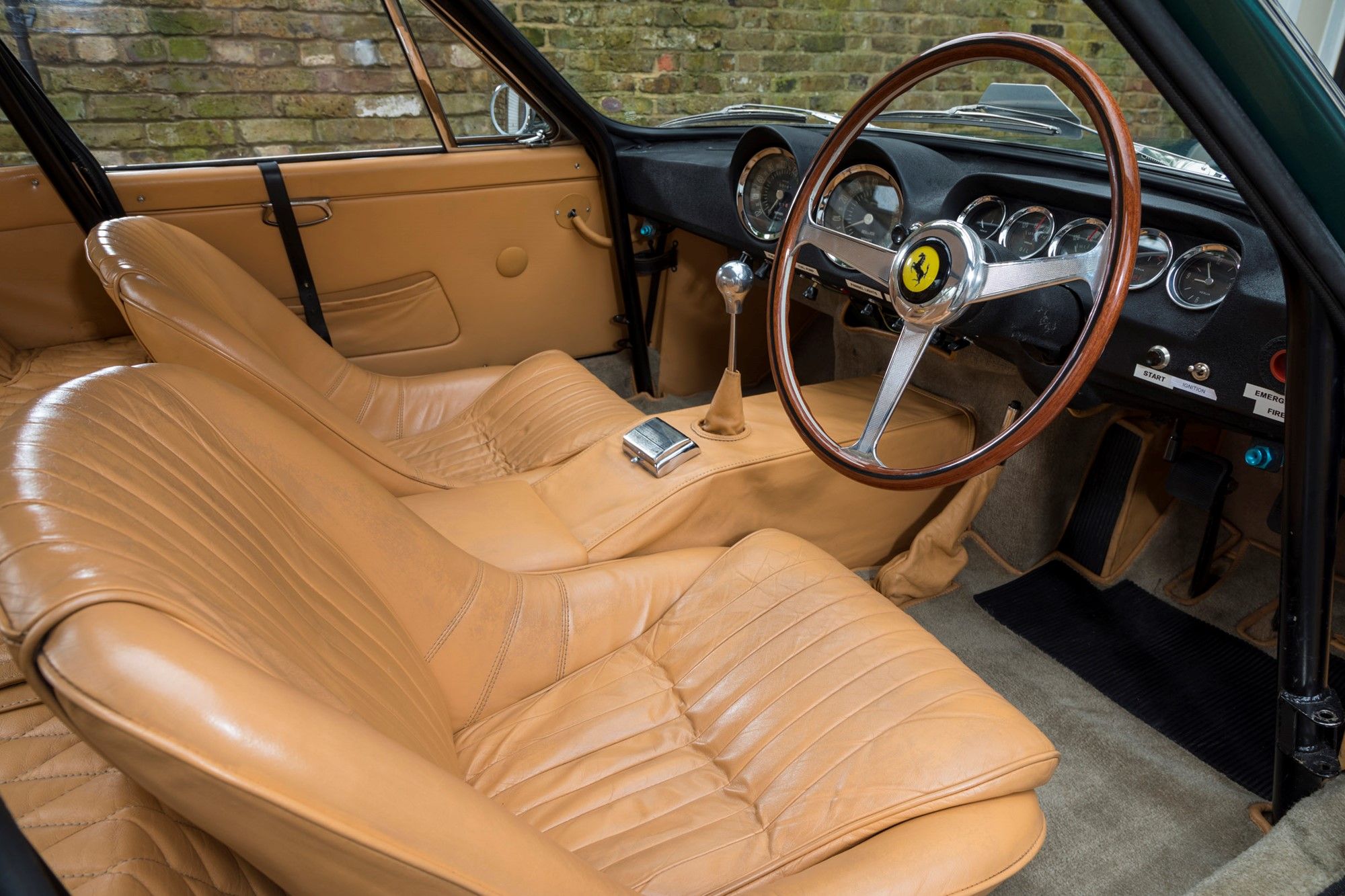

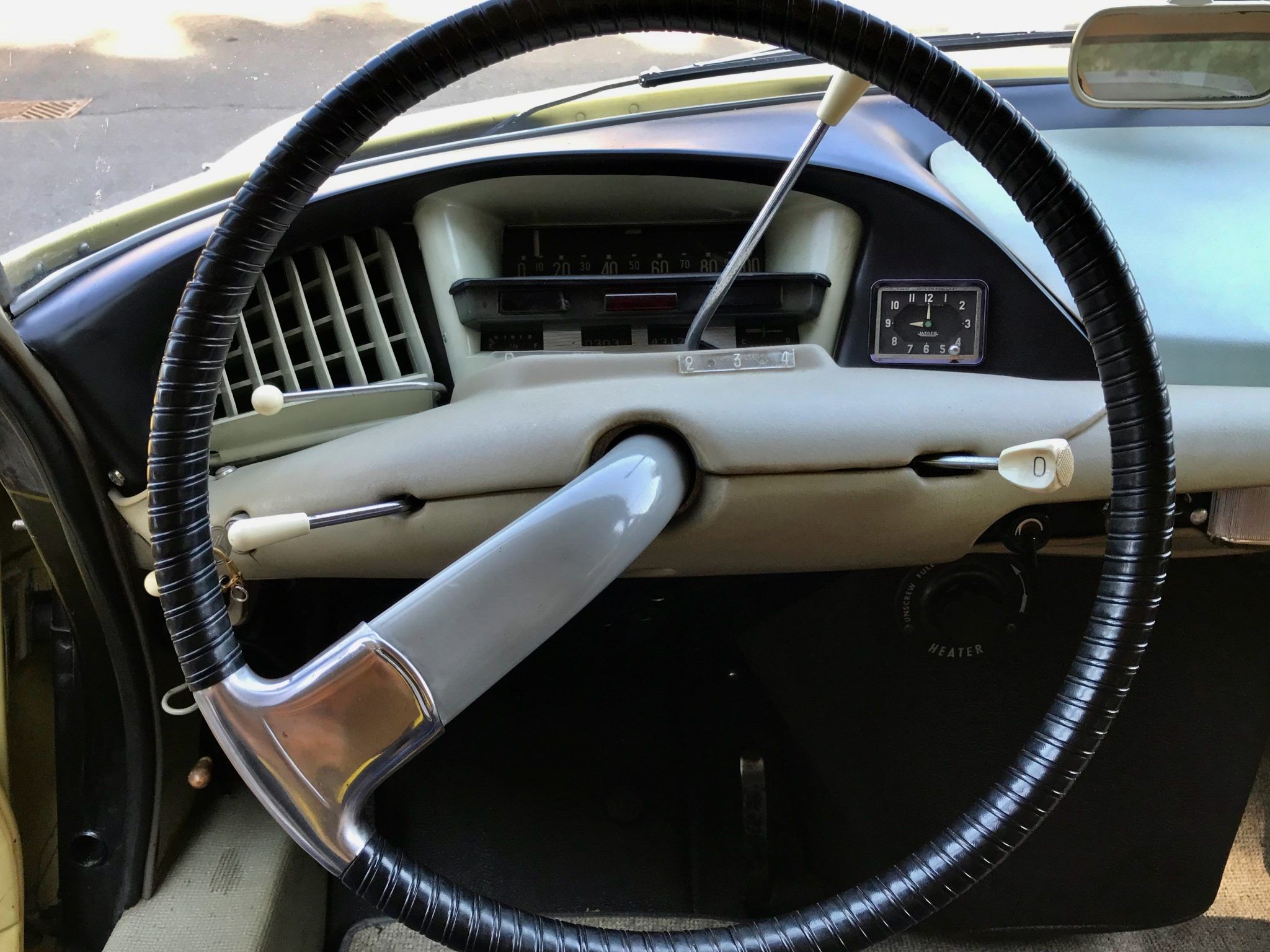
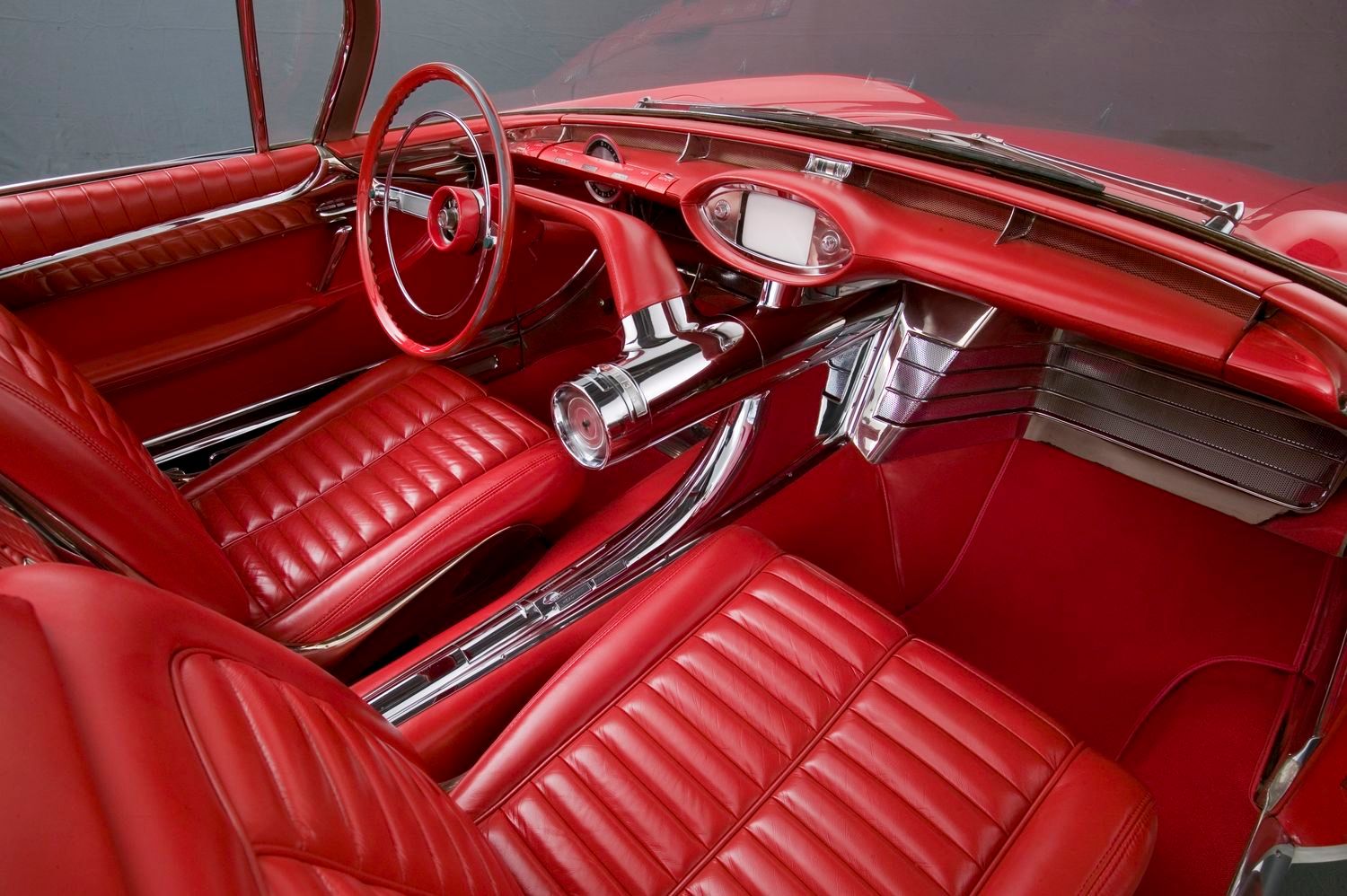
More Stories
Old Mustangs for Sale: Navigating the Allure of a Classic Ride
Vintage Mercedes: Unveiling Timeless Elegance and Engineering Mastery
Hemmings Classic Cars: Timeless Beauty on Four Wheels